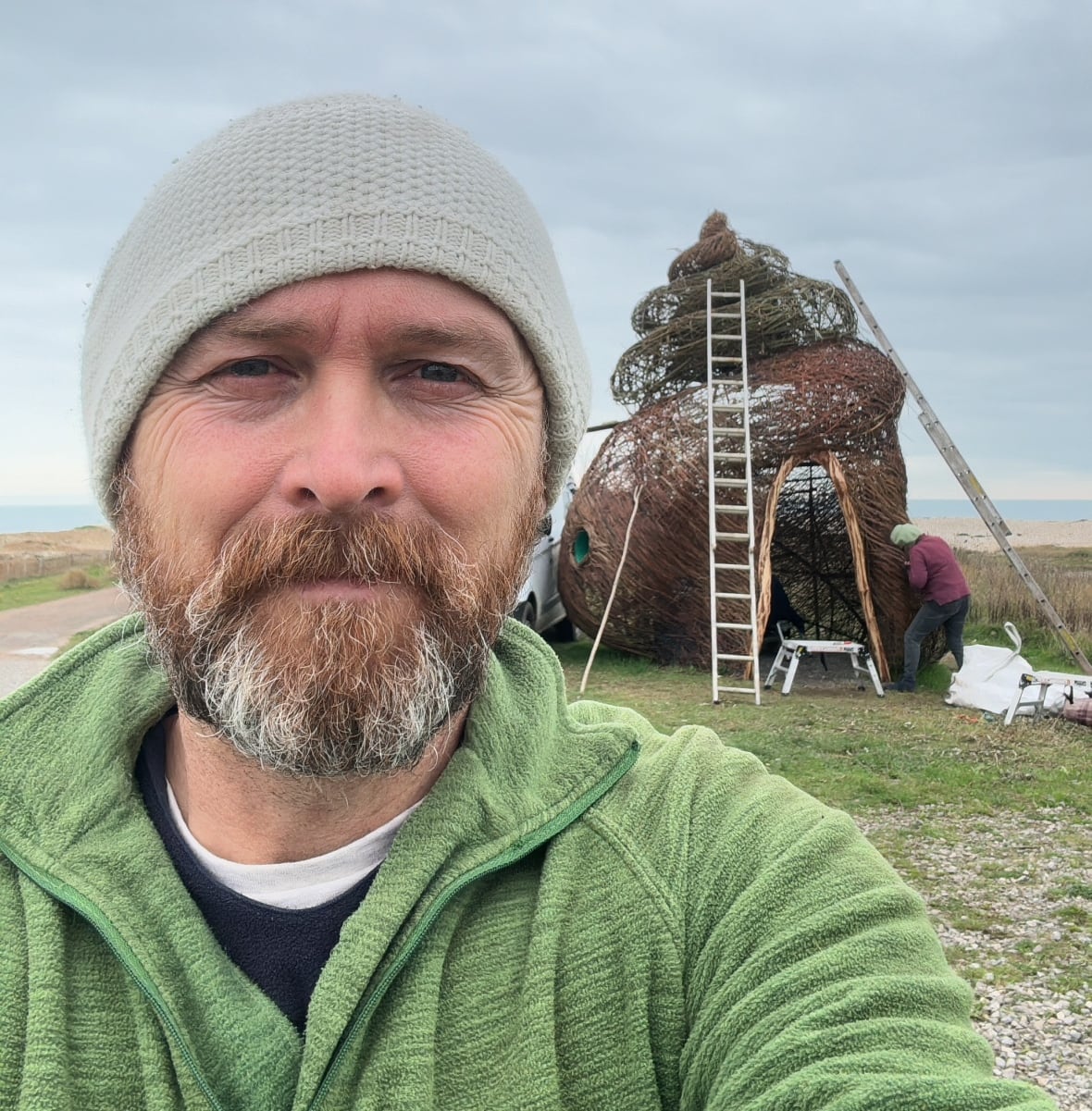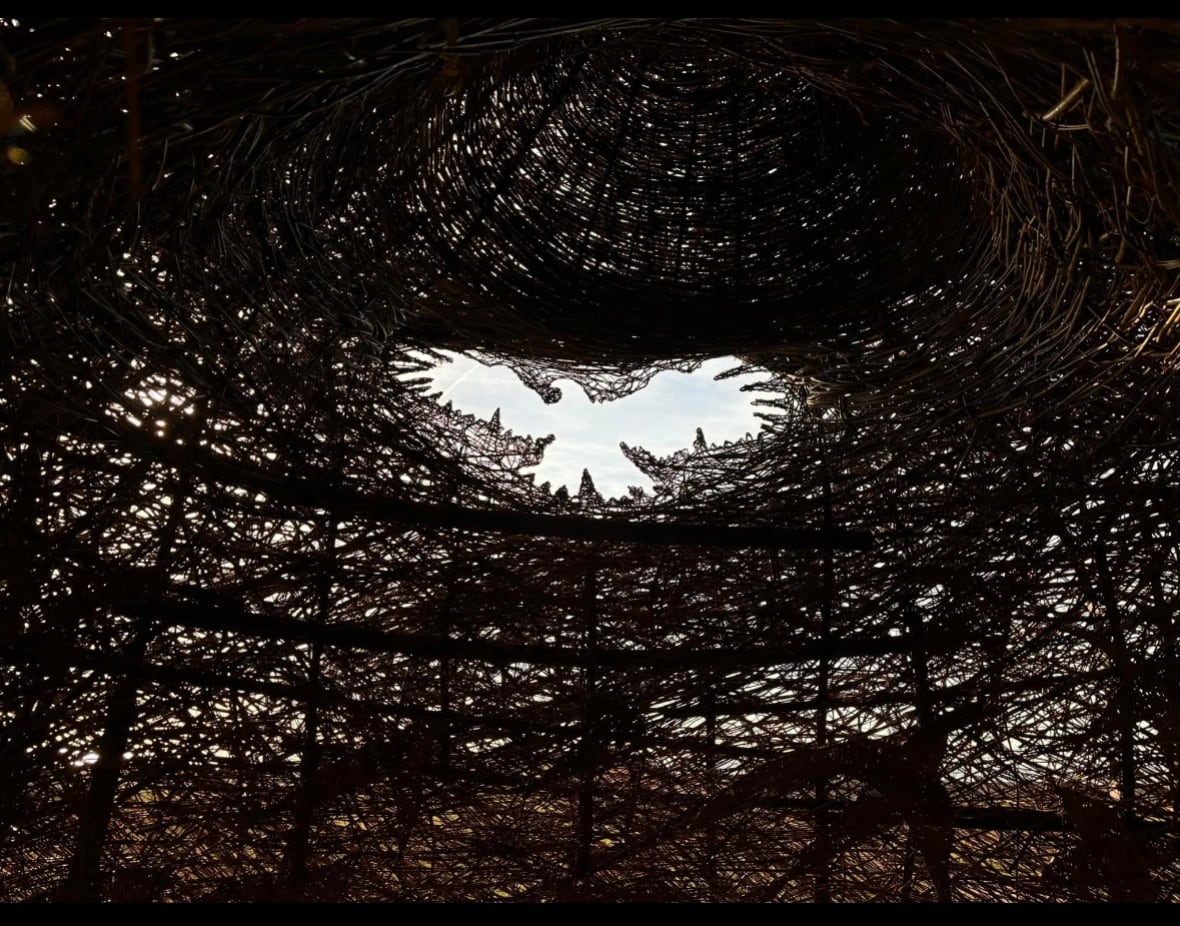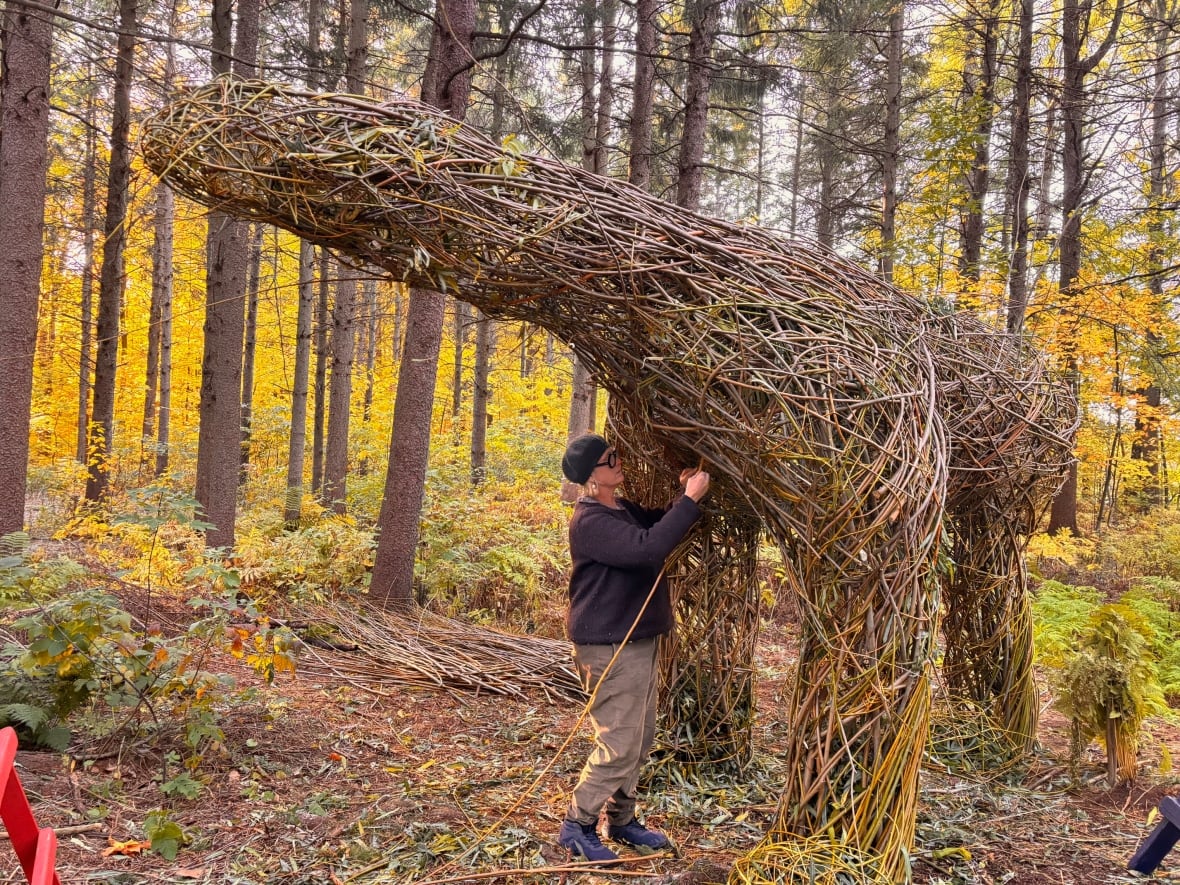Opinion & Analysis
Author: anonymDate: 2024-11-21 14:59:15
The creator expressed surprise at the misinterpretation of his seashell artwork as a fecal emoticon.
The sea snail-shaped piece was commissioned by the local government to celebrate the nature reserve it's on
Throughout the months-long creation of his sea snail-like construction, artist Mark Antony Haden Ford never perceived his art as anything other than an aquatic organism. However, to some viewers, the piece's spiral form more closely resembles the fecal emoticon than the intended subject: a periwinkle. "This was a deliberate creation," Ford told As It Happens host Nil Köksal. "[But] spirals exist in nature, correct? Thus, it's open to alternative interpretations." Ford stated the artwork was commissioned by the local authority in Chichester, England, to commemorate the Medmerry Nature Reserve where the installation resides. Similar to many of Ford and his wife Rebecca's sculptures, it was fashioned from interwoven willow branches.

The objective was to produce a structure that visitors to the reserve could enter for protection from the elements. "There's a complete lack of shelter. It's [a] very exposed coastal area. Therefore, it seemed logical to create something one could sit within," Ford explained. Ford mentioned he drew inspiration from archaeological digs conducted on the site several years prior. One such excavation unearthed remnants of periwinkle shells within a medieval willow container. Sask. appeal court reserves decision on whether thumbs-up emoji can lock in $82K contract "It simply seemed fitting that it would be crafted from willow, serve as some type of refuge, and be shaped like a periwinkle," Ford said. As an environmentally conscious artist, Ford stated he avoided painting the structure to minimize its ecological impact — although he acknowledges that painting it white might have rendered it more similar to a seashell.

According to local news sources, visitors to the nature reserve have found amusement in the structure's form. "I couldn't stop laughing upon seeing it. I initially believed it was a joke," a visitor told The Telegraph. Others have attributed further significance to the artwork's unintended likeness. "Some individuals have remarked to me, 'If people perceive the shape of excrement, perhaps that's a metaphor for our treatment of the coastline — simply allowing waste to be discharged into it'," Carolyn Cobbold, project leader for the environmental group Manhood Peninsula Partnership, told the BBC. Behold the harp emoji, brought to you by a famed harpist and a prolific emoji advocate While Ford defends the seashell design, he doesn't object to differing interpretations. "I find it excellent, actually, that people can see what they wish to see.… Individuals can interpret it as they please." Having collaborated with his wife as an artist for two decades, Ford noted this isn't the first instance of his art being misconstrued. The pair created a "tetrapodicus" — a mythical four-legged creature with an elongated neck — in the forest outside Montreal last month, which some mistook for a bear or a dinosaur. And a 12-meter-long mustache they fashioned on a building's exterior appeared as two whales embracing to some observers.

Ford asserts that audience reception won't determine his and his wife's subsequent creations. They're currently constructing a colossal acorn sculpture in London, and plan to erect a willow Christmas tree next week — for the same local government that commissioned the periwinkle shell. But in the future, "I believe we'll avoid sculptures prone to such misinterpretations," Ford stated.